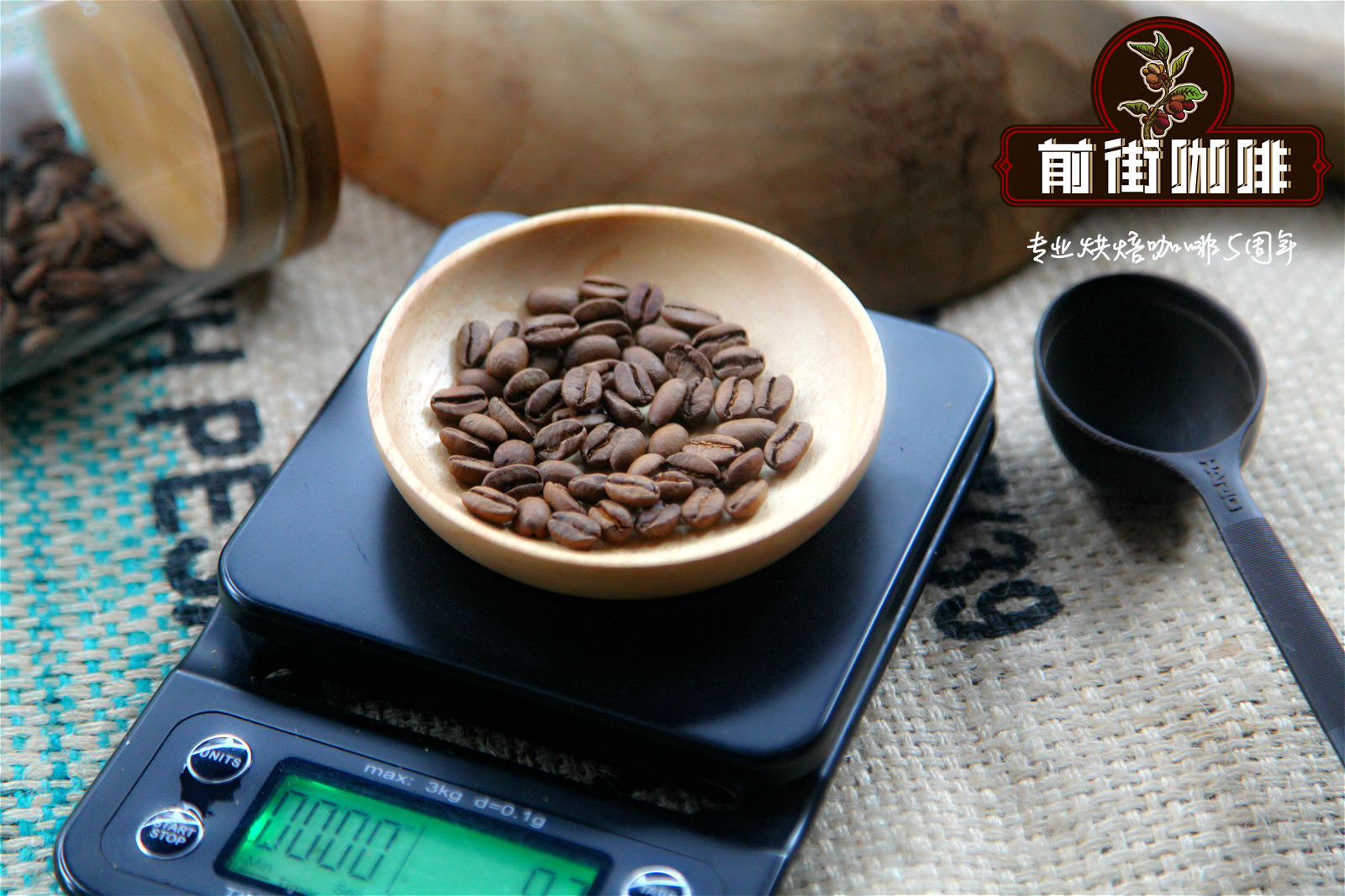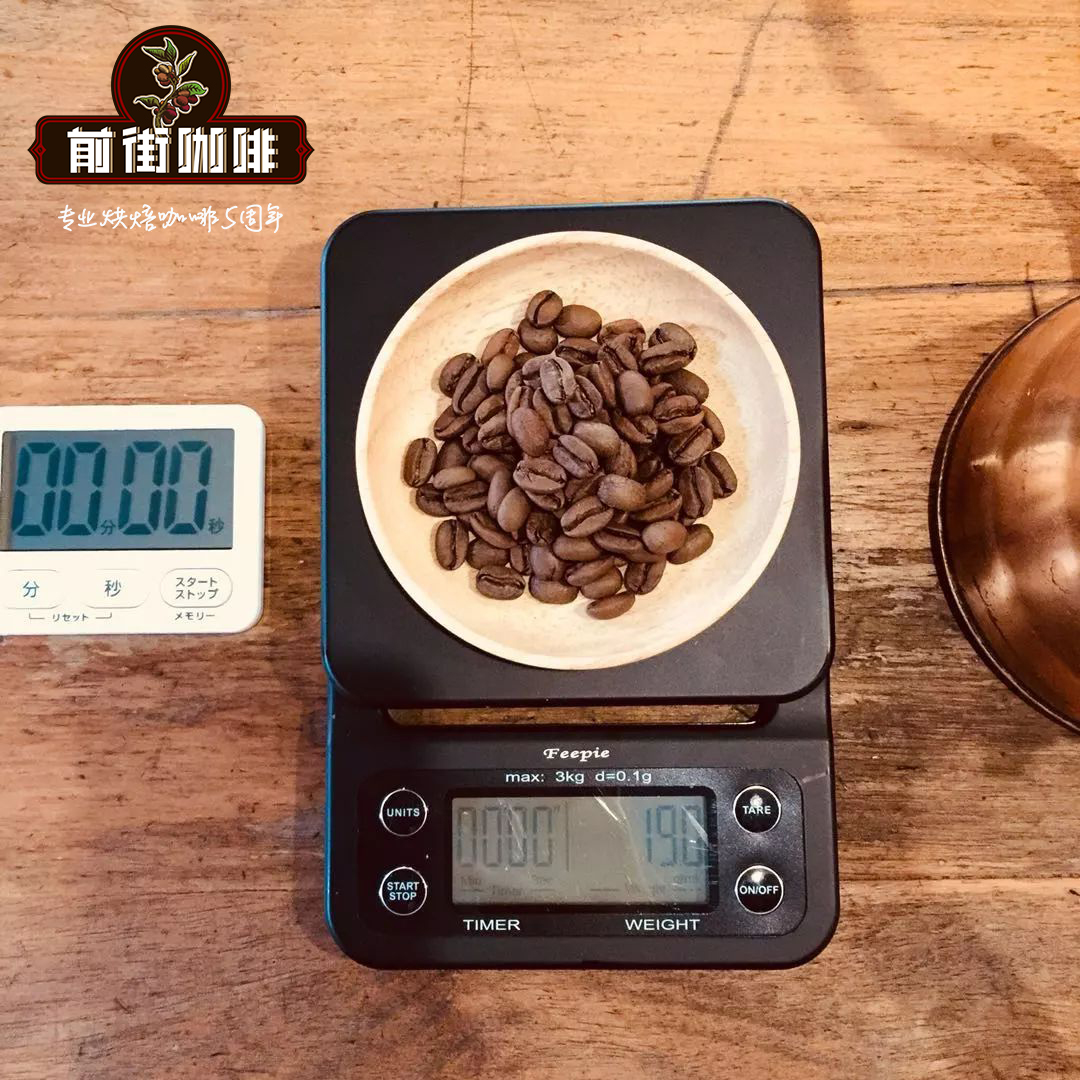How many major coffee regions are there? Representative work of the production area?
How many coffee producing areas are there?
As a consumer, you may find that you like the juicy feel of Ethiopian coffee, the balance and sweetness of Guatemala, or the earthy smell of Indonesia-but unless you've tried coffee beans in these areas, otherwise you won't know where the coffee in your mouth comes from. What is the difference between the three major countries of origin in the world: Africa, America and Asia?

So, what is the flavor of coffee beans in these producing areas?
Affected by wind and soil-climate, soil conditions, topography, climate and other comprehensive considerations.
The Galapagos archipelago is an excellent example of being influenced by wind and soil. The Galapagos Islands straddle the equator, and it is not hard to imagine that they will have a hot climate, making it difficult to produce high-quality coffee. Coupled with the low altitude, expectations of coffee beans produced in the area will be even lower. ButButBut, these islands surprise consumers with their high-quality coffee-all because of the cold sea breeze and the Humboldt current that make the Galapagos Islands unique and capable of producing high-quality coffee. At the same time, there are many areas in each country, and the local microclimate, variety, treatment equipment and treatment methods will create a unique coffee.
Which producing areas produce "hard beans"?
Tom Janssen from OR Cofee in Belgium points out that Ethiopian coffee can be grown at an altitude of up to 2200 meters, while some Brazilian coffee beans are grown at an altitude of about 900m, which is less dense than Ethiopian coffee beans.
Lower lower bean temperature is recommended for low-density and low-altitude island coffee beans, and higher lower bean temperature is recommended for Central American coffee grown at higher elevations.
How to highlight the flavor characteristics of coffee high-density coffee acidity is prominent, generally used to describe fruit such as: grapefruit, citrus, plums, berries and so on.

Representative works of several major producing areas
Asia
Indonesia: Sumatra Manning in Java
Africa
Yemen: Mokamatari
Central America
Guatemala: Antigua and Mini Nango
South America
Brazil: Santos
For information, please follow the coffee workshop (Wechat official account cafe_style)
Important Notice :
前街咖啡 FrontStreet Coffee has moved to new addredd:
FrontStreet Coffee Address: 315,Donghua East Road,GuangZhou
Tel:020 38364473
- Prev

What's the difference between Arabica and Robusta coffee beans? What kind of coffee do people who know coffee usually drink?
If you know anything about coffee, you must know that there are two types of coffee: Arabica coffee and Robusta coffee, and you also know that boutique cafes use mostly Arabica coffee. But why is Arabica coffee so popular? Do Arabica coffee and robusta coffee
- Next

How to flush the KONO filter cup? What's the difference between one-cut flow and segmented extraction?
When the editor uses the KONO filter cup to make coffee, he is thinking that the KONO filter cup is extracted by immersion, and the flow rate is relatively slow. The usual brewing method used by the editor is segmented extraction, while the segmented extraction can control the flow rate and increase the extraction of coffee.
Related
- Beginners will see the "Coffee pull flower" guide!
- What is the difference between ice blog purified milk and ordinary milk coffee?
- Why is the Philippines the largest producer of crops in Liberia?
- For coffee extraction, should the fine powder be retained?
- How does extracted espresso fill pressed powder? How much strength does it take to press the powder?
- How to make jasmine cold extract coffee? Is the jasmine + latte good?
- Will this little toy really make the coffee taste better? How does Lily Drip affect coffee extraction?
- Will the action of slapping the filter cup also affect coffee extraction?
- What's the difference between powder-to-water ratio and powder-to-liquid ratio?
- What is the Ethiopian local species? What does it have to do with Heirloom native species?

